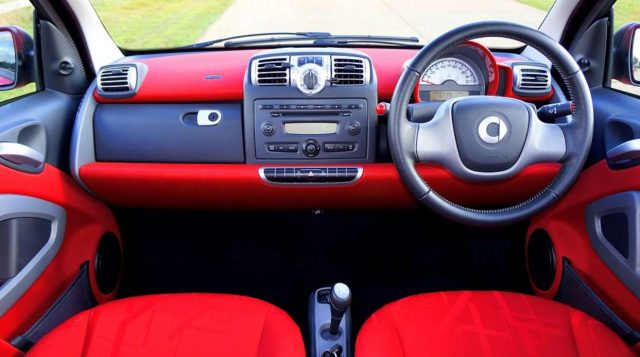The automobile industry has dramatically changed since the first cars hit the roads. Today’s cars are much safer than their predecessors due to design, materials, and technology innovations. But with so many different types of vehicles on the road, it’s challenging to know just how safe they are.
Modern cars have various safety features designed to protect occupants in a collision. These include airbags, seatbelts, crumple zones, and anti-lock brakes. Modern cars have improved visibility features such as blind spot monitoring systems and backup cameras.
But how safe are these cars? The best way to answer this question is to look at car safety features and accident statistics.
Accident Statistics
Now that we’ve looked at some safety features in modern cars, what do accident statistics tell us about their safety? According to the National Highway Traffic Safety Administration (NHTSA), motor vehicle fatalities have declined significantly over the past few decades. In fact, in 2019, there were 36,096 deaths from motor vehicle crashes – a 2.4% decrease from 2018 and the lowest number since 2014.
In addition, crashworthiness tests conducted by the Insurance Institute for Highway Safety (IIHS) have shown that modern cars with the latest safety features perform better in crash tests than older models. This is a clear indication that advances in automotive technology are having a positive impact on safety.
Similarly, lawsuits against automakers for defective parts and design flaws suggest manufacturers increasingly take responsibility for vehicle safety. For example, insurance claims related to brain injury lawsuits have also seen a drop.
In 2018, the number of claims fell to its lowest level in nearly a decade. Modern cars with advanced safety features such as airbags and seatbelts are significantly less likely to be involved in fatal crashes than those without them.
Modern Car Safety Features
Modern cars are equipped with a wide variety of safety features designed to protect occupants in the event of a collision. These include:
Airbags
Airbags have become a standard feature in modern cars and are designed to cushion occupants in a crash. They inflate quickly, reducing impact forces and protecting the head and neck from injury. There have been cases where airbags have failed to deploy or caused injury, but this is rare.
Seatbelts
Seat Belts are designed to keep occupants securely in place during a crash. They help distribute force evenly across the body and reduce the risk of injury or death from being thrown from the vehicle during an accident.
Crumple Zones
Crumple zones are designed to absorb the impact of a crash and disperse its energy away from the occupants. Vehicles with crumple zones have reinforced frames that help keep passengers safe in the event of a collision.
Anti-Lock Brakes
Have you ever slammed on the brakes and felt your car skid? This is due to wheel lock-up, which occurs when a driver applies too much brake pressure. Anti-lock braking systems (ABS) help prevent wheel lock-up by automatically sensing how hard a driver is pressing on the brakes and applying force accordingly.
Blindspot Monitoring Systems
Blindspot monitoring systems use sensors to detect objects in the vehicle’s blind spots and alert the driver when there is a potential collision. This can help reduce the risk of accidents caused by vehicles changing lanes without first checking their mirrors.
Backup Cameras
Your view when reversing may be limited, but backup cameras can help you safely and confidently maneuver your vehicle. These systems use a camera mounted at the car’s rear to provide an extra set of eyes when reversing.
Modern cars come equipped with various safety features designed to protect occupants in the event of a collision. In addition, accident statistics show that motor vehicle fatalities have been steadily declining over the past few decades and that vehicles with advanced safety features fare better in crash tests than those without them.
This is a clear indication that advances in automotive technology are having a positive impact on safety. Thus, modern cars can be considered relatively safe compared to older models. However, it is essential to remember that no car is completely free from the dangers of a crash, and drivers should always practice safe driving habits to ensure their safety.

Speaks from heart, always too passionate and driven by emotions. Spins the words with kindness & sharpness, intriguing your ever-inscrutable minds.




